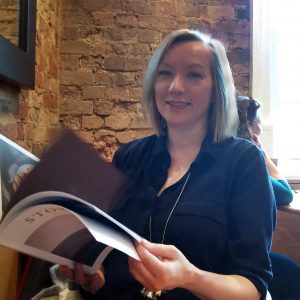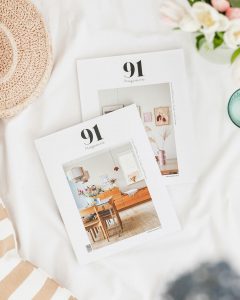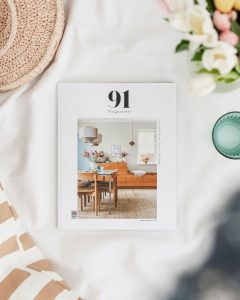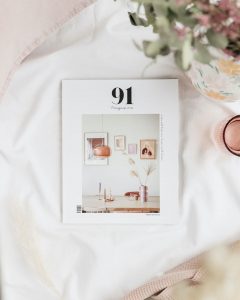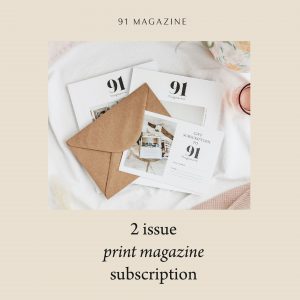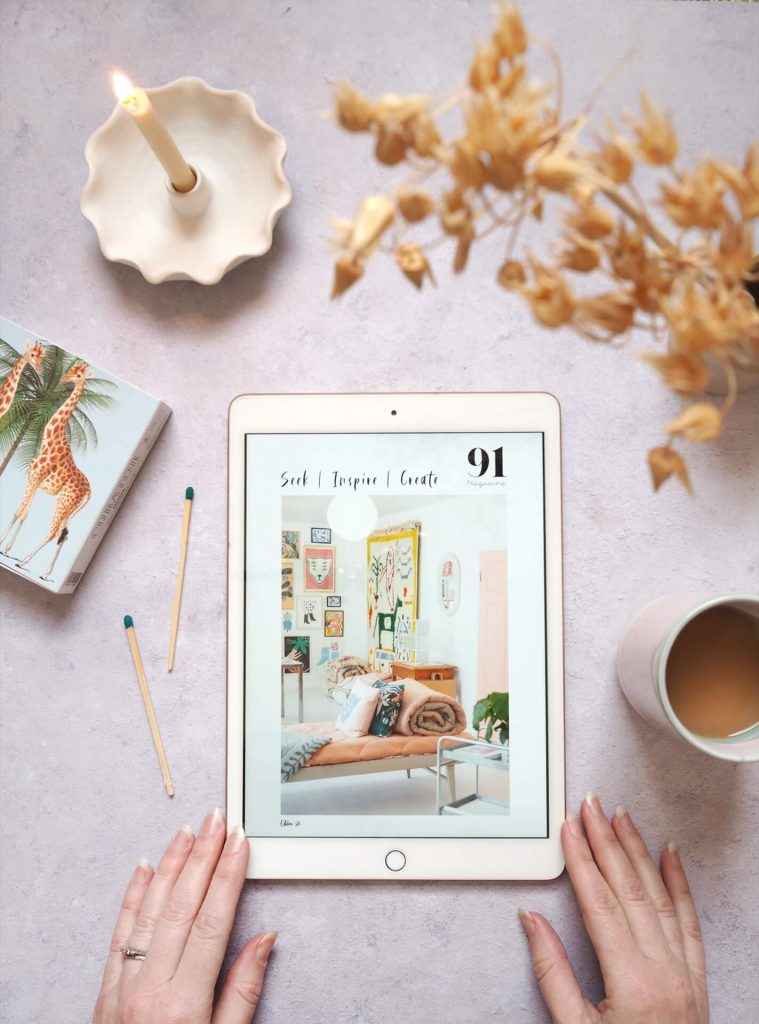Hi Erin! How did your career begin, and what is your background?
It was a little bit random that I decided to train in floristry. I had studied art history at the University of Toronto, and from there I had begun to intern at different contemporary art galleries. I wondered about curation and questioned a Masters. But after moving to the UK, I quickly had to fall back on my retail background, as finding a job in the art world where I had no connections was proving hard. I started to consider visual merchandising or graphic design. I was also interested in blogging and writing and photography, and really wasn’t sure what to re-train in. I sort of happened upon a copy of Wedding Flowers magazine and it just hit me – I would become a florist. So, I signed up for Bath college and began to apprentice in a flower shop in Bristol. My mom was also a florist before I was born, and she studied design, so I think maybe it was sort of always there, unconsciously influenced.
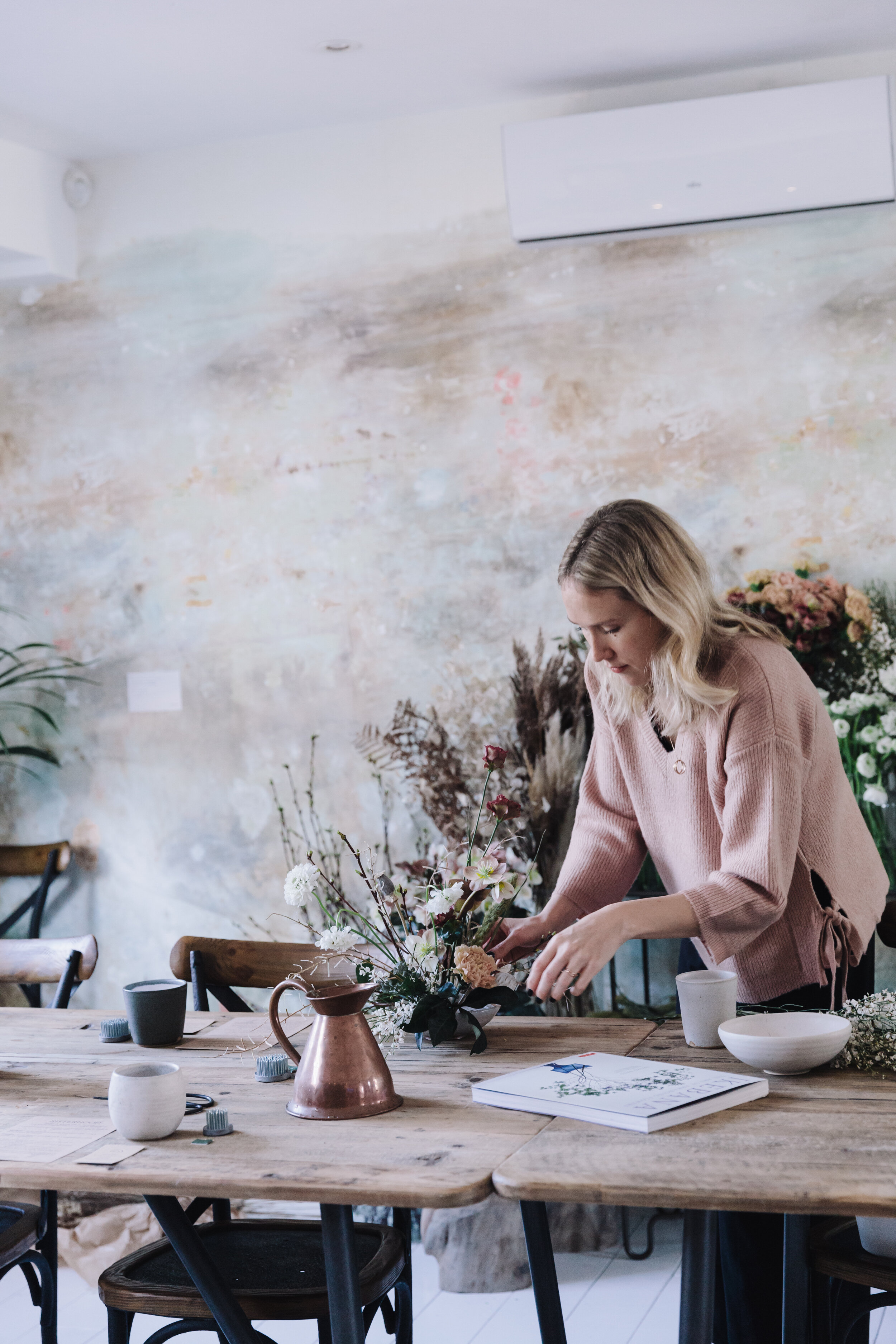
How would you describe your work?
My floral designs are delicate and on the minimal side, with a strong focus on cohesive colour palettes. I love to play with form.
How did your business, Ecru Floral, come to be?
I worked for many years as a florist, both in shops and studios, with the opportunity to create stunning wedding, event and hotel flowers. I think most florists dream of creating their own unique style and brand, and as my personal aesthetic formed, the desire to create my own business grew. Being in lockdown in 2020 changed everything, and as the wedding industry crumbled, I felt like maybe it was now or never. I still feel like I am at the beginning of this new path with Ecru, and I am always learning. I’m not entirely sure where Ecru will go, but I decided I needed to at least try and see what happens.
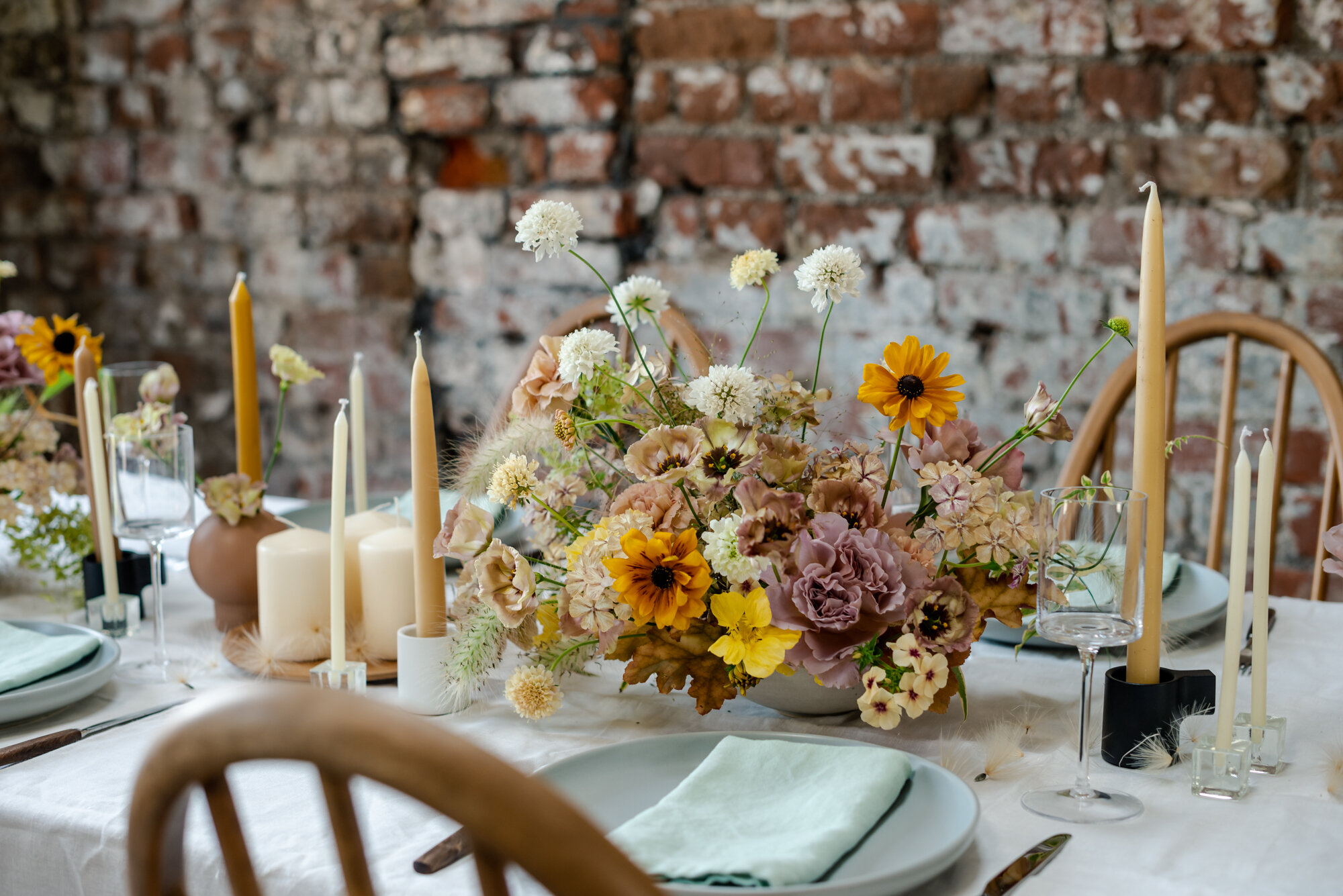
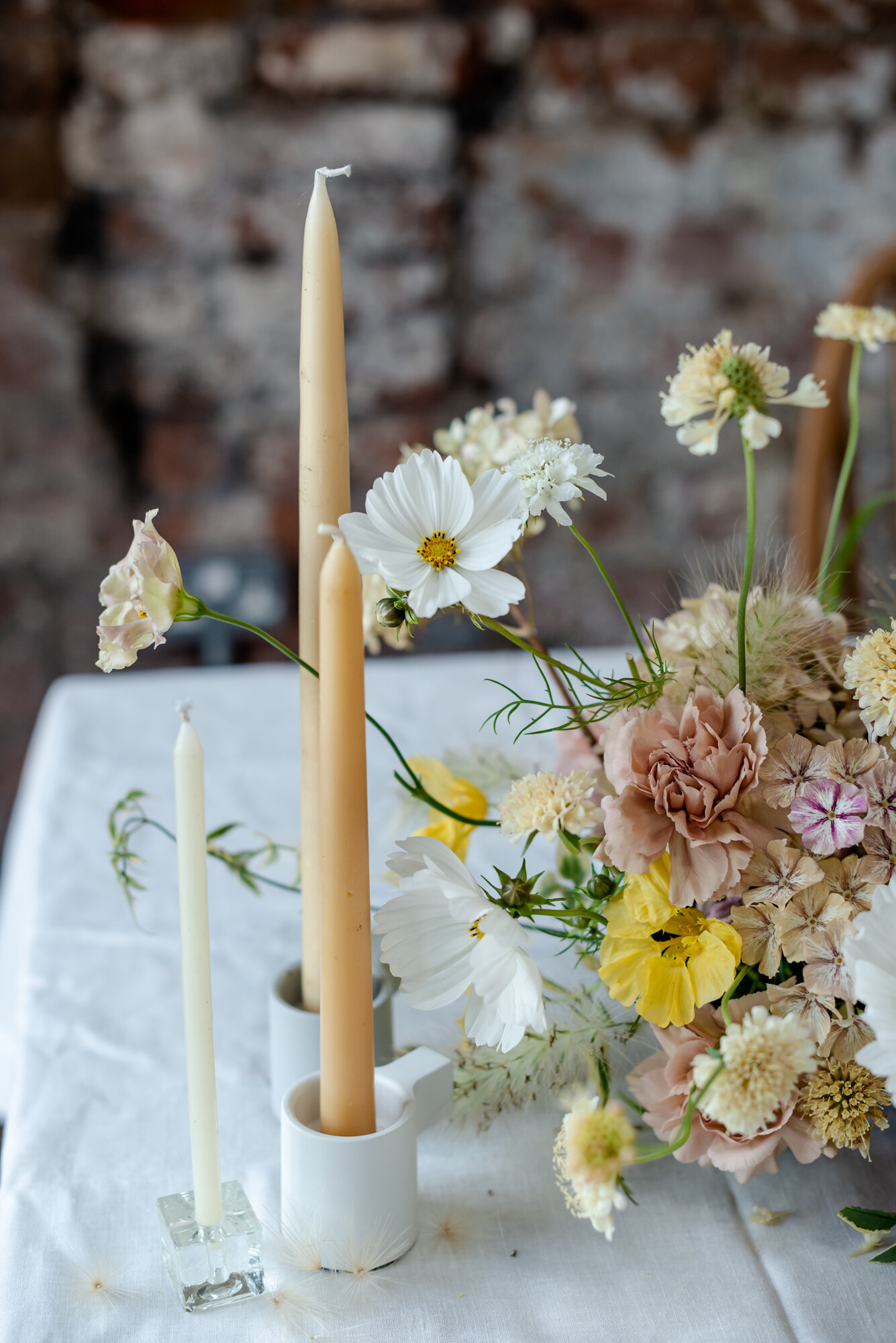
What brought you from Canada to south-west England?
I was backpacking in Europe when I met my now husband, Greg, in Greece. He is British and was my windsurfing instructor, and it really was love at first sight. I ended up spending the summer on a beautiful Greek island, and somehow then on a road trip back to the UK. I had never considered even visiting England, let alone living here, but it somehow all just made sense. We lived for seven years in Bristol and now live just outside the city, in the little seaside town of Clevedon with our son Levi. We love being on the coast.
Where do you find creative inspiration?
When I get stuck creatively I try to not push it too hard, despite how horrible it can feel. It always passes, and something new always comes along, I just try to have that faith. Sometimes a colour palette idea might just pop into my head, or a single stem of flower can inspire a new arrangement. Luckily, the seasons are always changing so this allows for new material to present itself. I love this yearly cycle. I also look at fashion and interiors a lot for inspiration.
Are there themes that run through your work, or that you are drawn to?
I think I am drawn to finding beauty in the everyday. I love finding dried grasses or a crooked branch, and placing it next to a delicate bloom. I think the juxtaposition of the unexpected makes it feel fresh, when it comes to colour, texture or form. I like to always add something a little bit weird, dead, gnarled, or muddy brown to an arrangement. I don’t like my designs too ‘pretty’, even though I love the papery petals and romantic blooms, it always needs a tiny bit of edge.
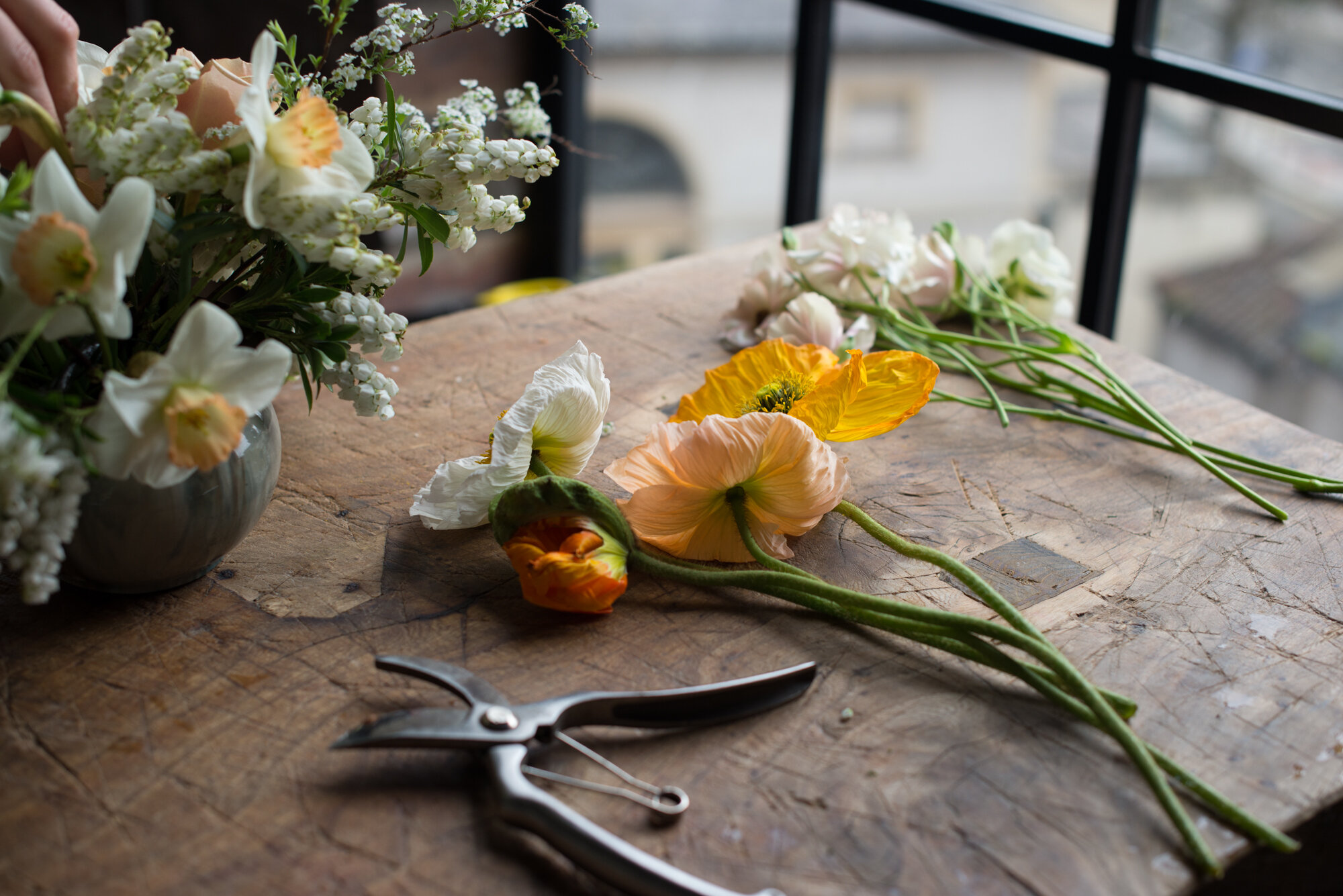
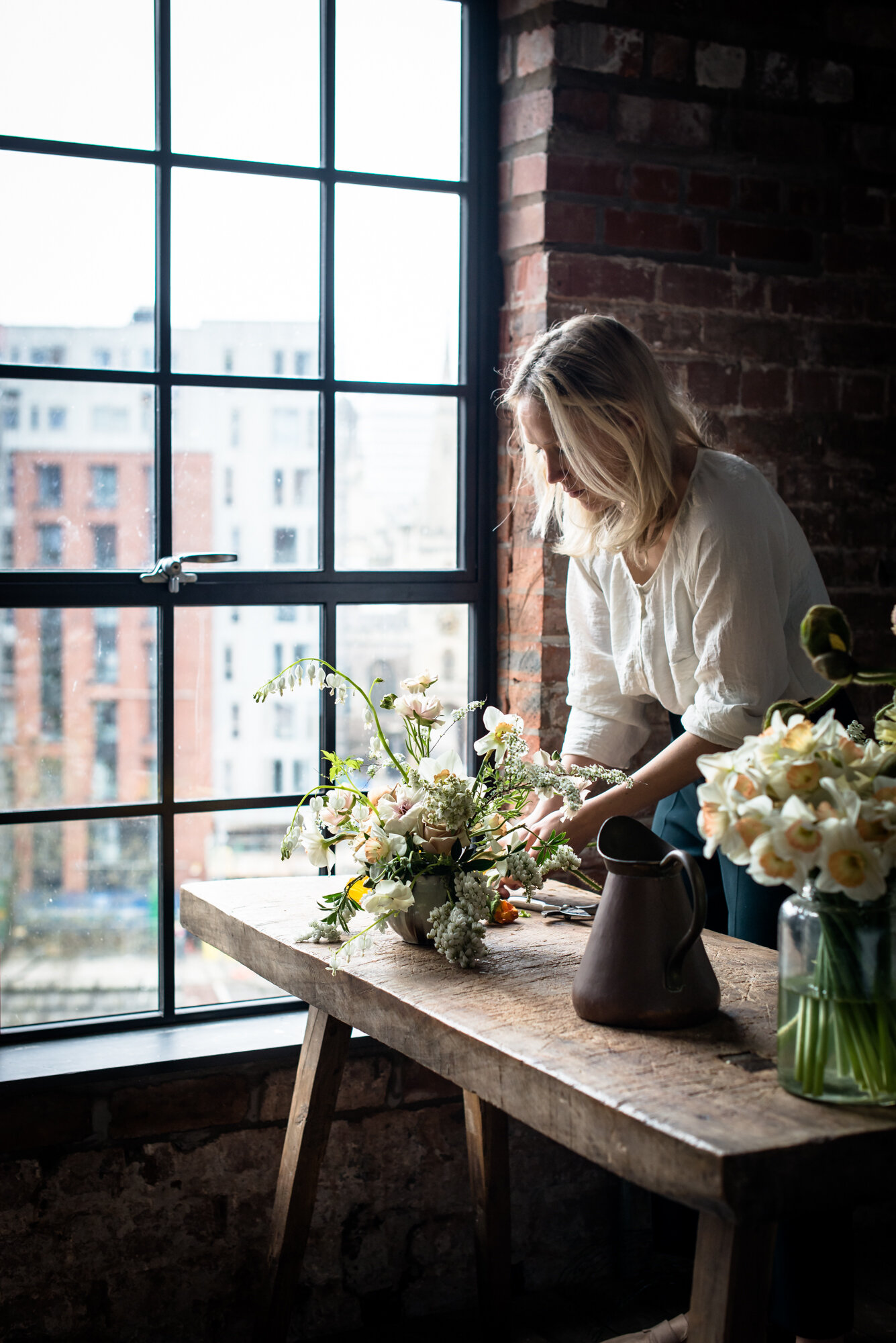
How did you first discover your love for what you do?
I think the first few times I worked as an apprentice, I was conditioning the flowers – where you strip the leaves and cut the stems – and I just loved the act of getting to know each individual variety. I loved inspecting how each flower felt, how to care for them, and keep them fresh. For some reason, I found it so relaxing. And then later, the idea of designing a bouquet for someone – choosing the colours and the forms – this just really excited me. It would take years of experience though, before I truly became confident.
How would you describe your style?
My style is leggy and flowing, focused on creating harmony and balance within each design. I am very much influenced by Ikebana, Japanese flower arranging. There is something I find so peaceful and present about the simplicity and seemingly effortless look.
What career would you pursue if you weren’t a floral artist?
I think maybe a stylist, or designer – like graphic or interior. Something creative! Or maybe a psychologist. Or a dog walker… I love dogs so much.
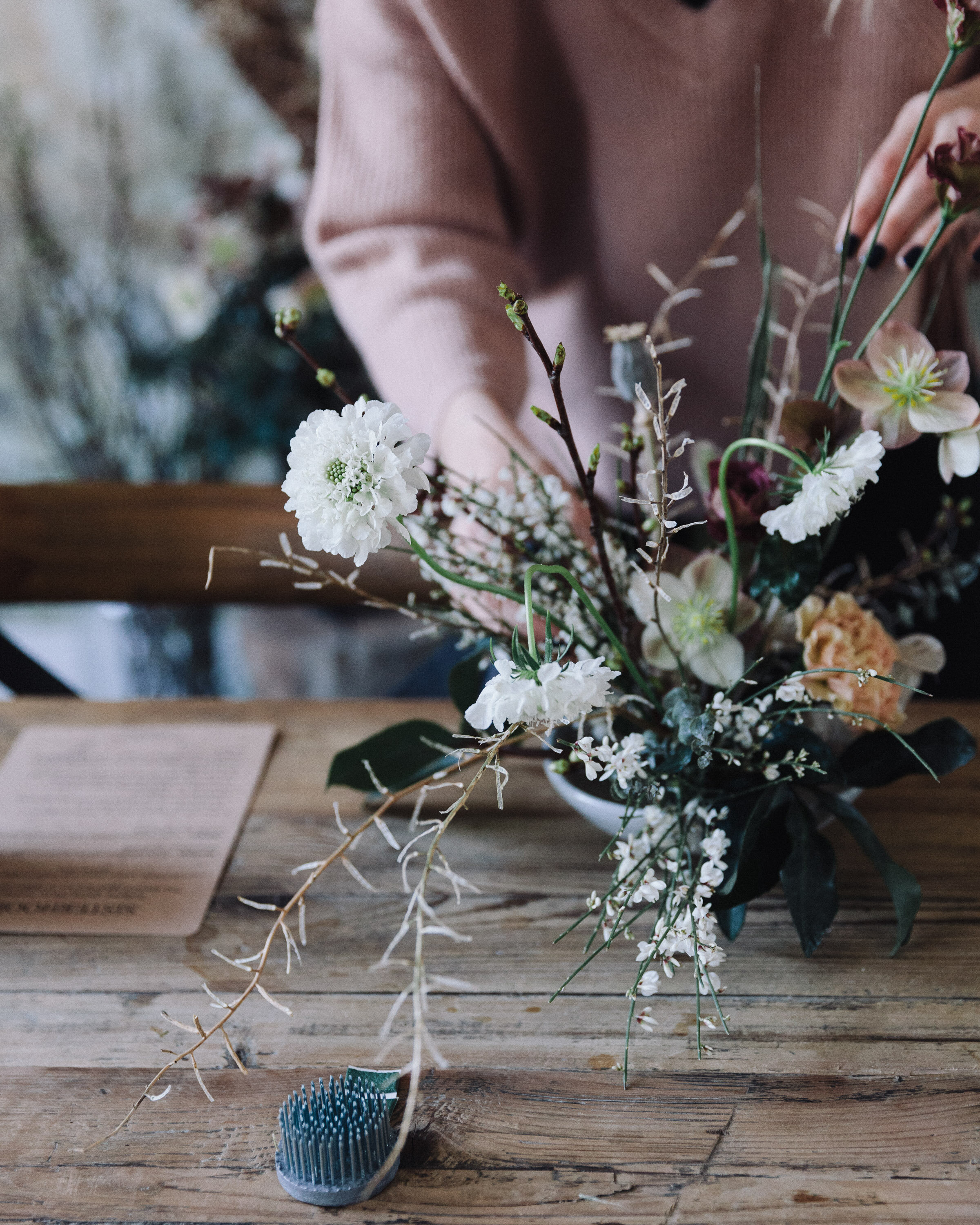
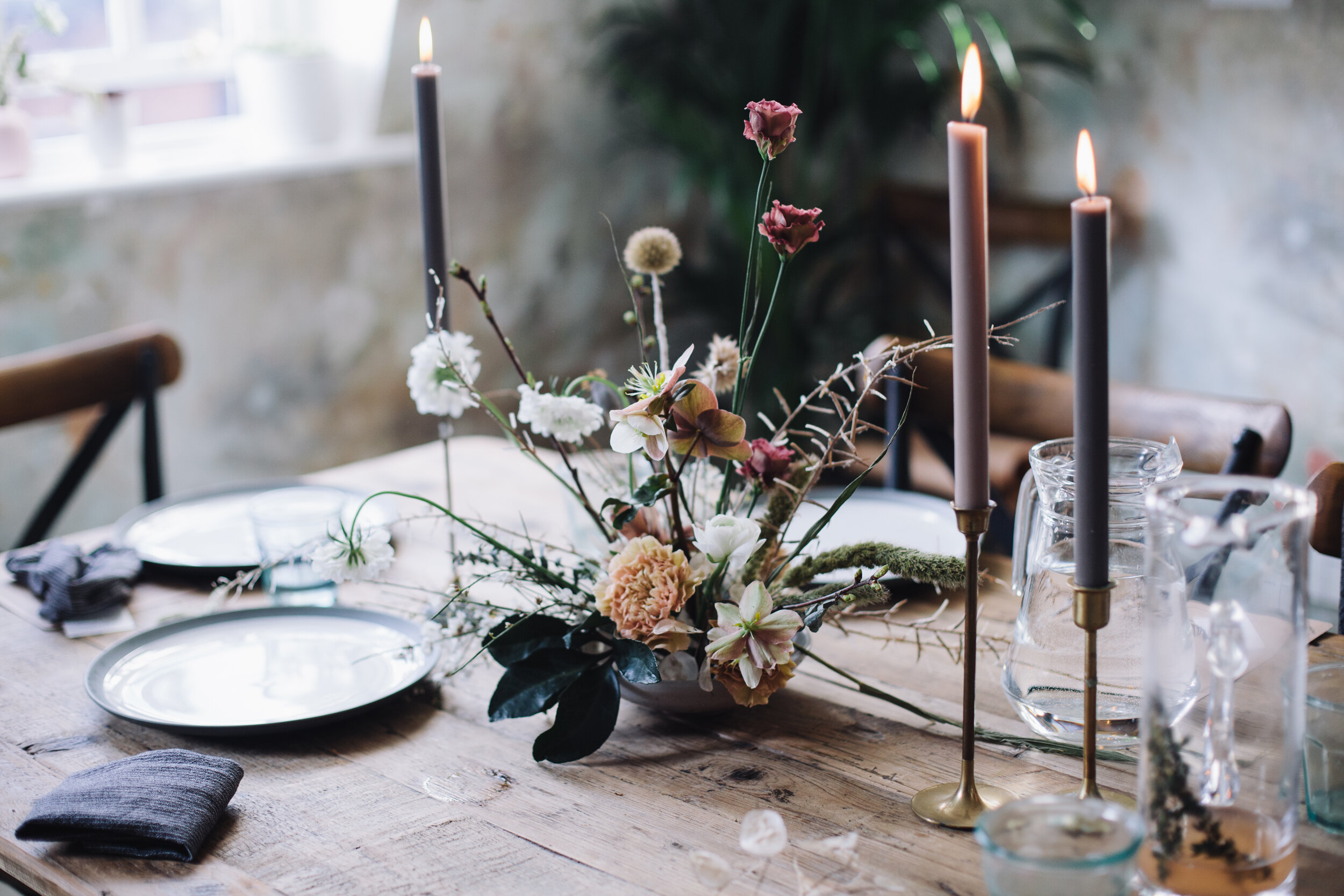
How does your typical working day look?
At the moment, things are feeling pretty quiet, as we are in lockdown. So it’s mostly just emails with couples and clients, social media, and trying to figure out what exactly might be happening this upcoming year. Or I might be trying to make a floral arrangement and take some photos, just to keep the creative flow. I love to create at my dining table, where the light is really lovely, and it means I can watch the flowers as they open, and catch different shadows depending on the time of year. I have a three-year-old son to care for, so the days when I have childcare are really my proper work days.
What is the ethos behind your business?
I value authenticity, and I am always trying to create something that feels new. I want to value the seasonality of nature, and I hope to continue using British grown flowers as much as possible. I think during this time of uncertainty I want to move gently, to see where my business will take me. In an ideal world, I hope that clients will come to me because they can see I truly love to create flowers that are ephemeral and will only exist for the tiny moment of their event or wedding. It’s such an honour to be chosen to create beauty for such sentimental experiences.
What has been the greatest hurdle in starting your own business?
I think just finding the confidence! And also trying to truly paint the picture of what the day-to-day might look like, and deciding if that would be right for me.
Describe your work process…
The creative process with a client starts with their brief, and the location and time of year. This immediately affects the flower choice. From there, it’s spending time searching for unusual or interesting combinations, looking at colour palettes that have been on my mind, and working with the client’s preferences while trying to make something new. I save a lot of random images on Instagram, to reference colour palettes.
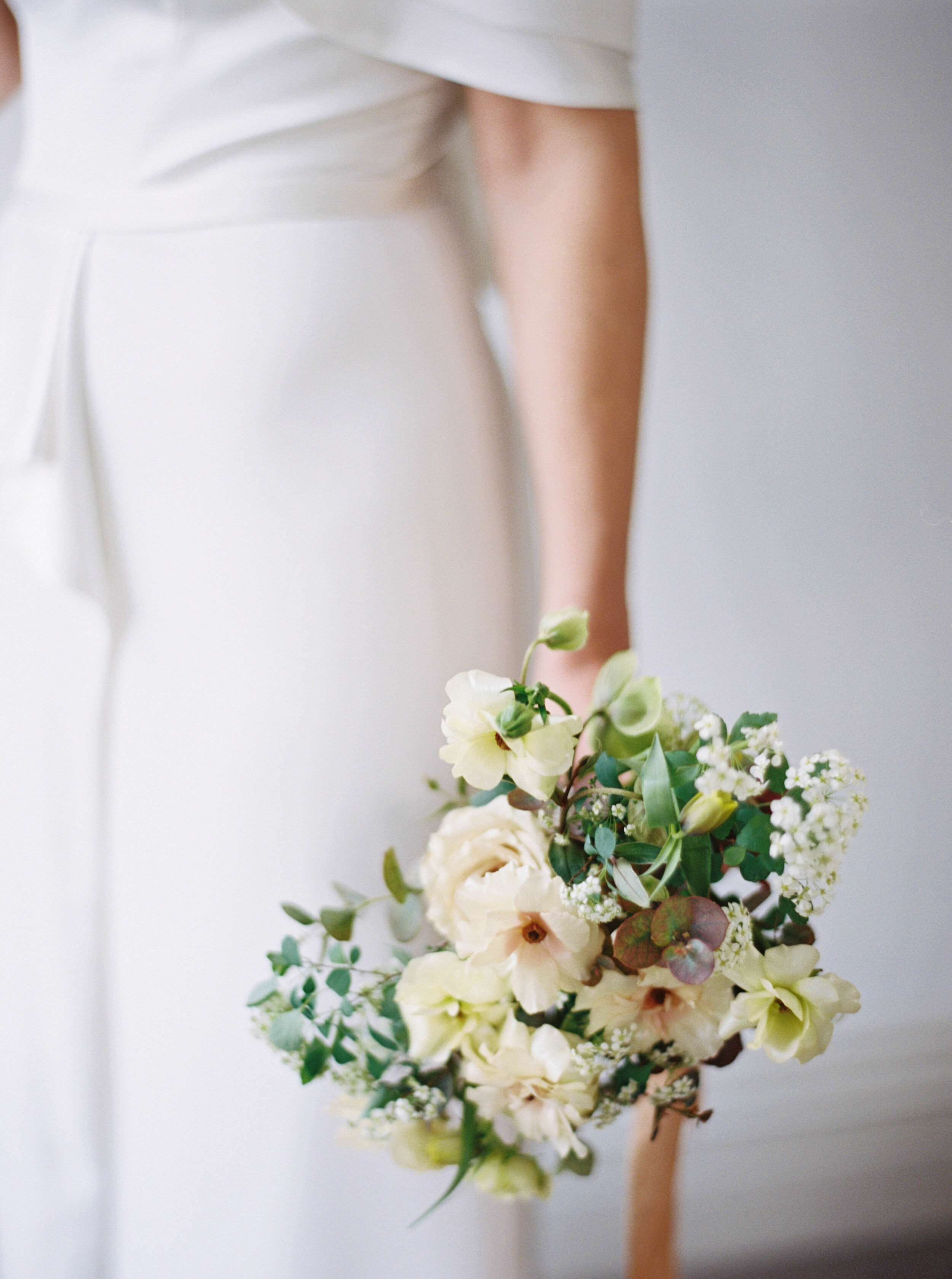
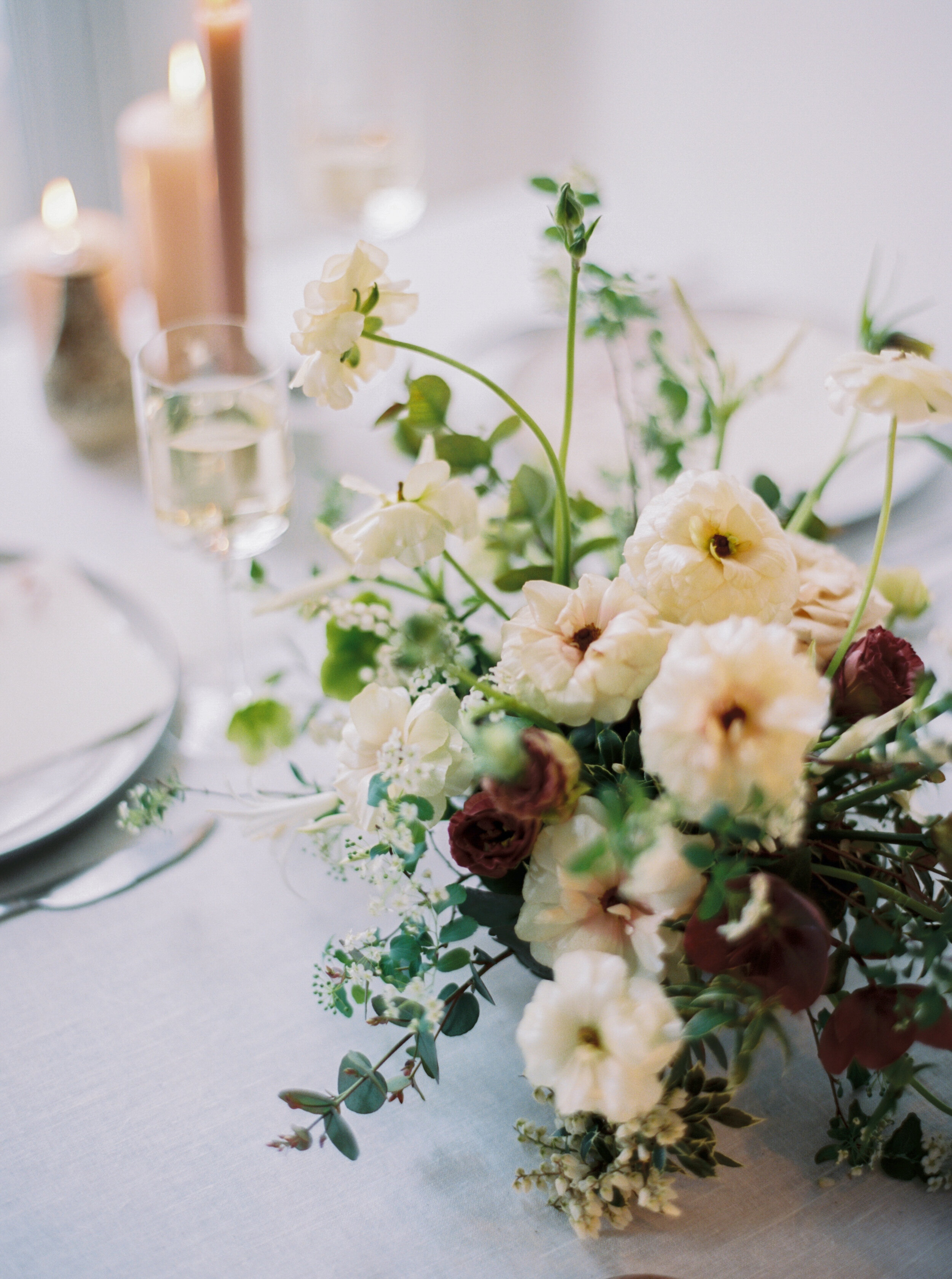
What sort of space do you work in?
I work in my garage, which isn’t very big or pretty. When we moved into our house two years ago, I was very excited to have somewhere to store my vases, and my huge collection of dried grasses and flowers. But somehow, they end up back in our house, so I am constantly tidying and bringing things back out!
Tell us about your business’s neighbourhood and community…
Living and working in the south-west of England, we are very lucky for access to wholesalers, and local flower growers. I also know quite a few florists from freelancing, and from my original college course. It’s really great to have flower friends to bond with and get excited about flowers with. We send each other images and gawk over Instagram posts together.
How has your work evolved?
My style even just a few years ago looks very different, and I’m sure it will change again with time. I think because the flower seasons are so cyclical you can really compare one year to the next. Another factor that has drastically changed my work is the decision to work floral foam free. Learning how to create arrangements without foam has been amazing and challenging, and really important. Foam is horrible stuff!
Is there an element of your work that you love the most?
I think I love when a colour palette just clicks, or when a super-simple arrangement just works, the first try. It’s those effortless moments, that is just pure art.
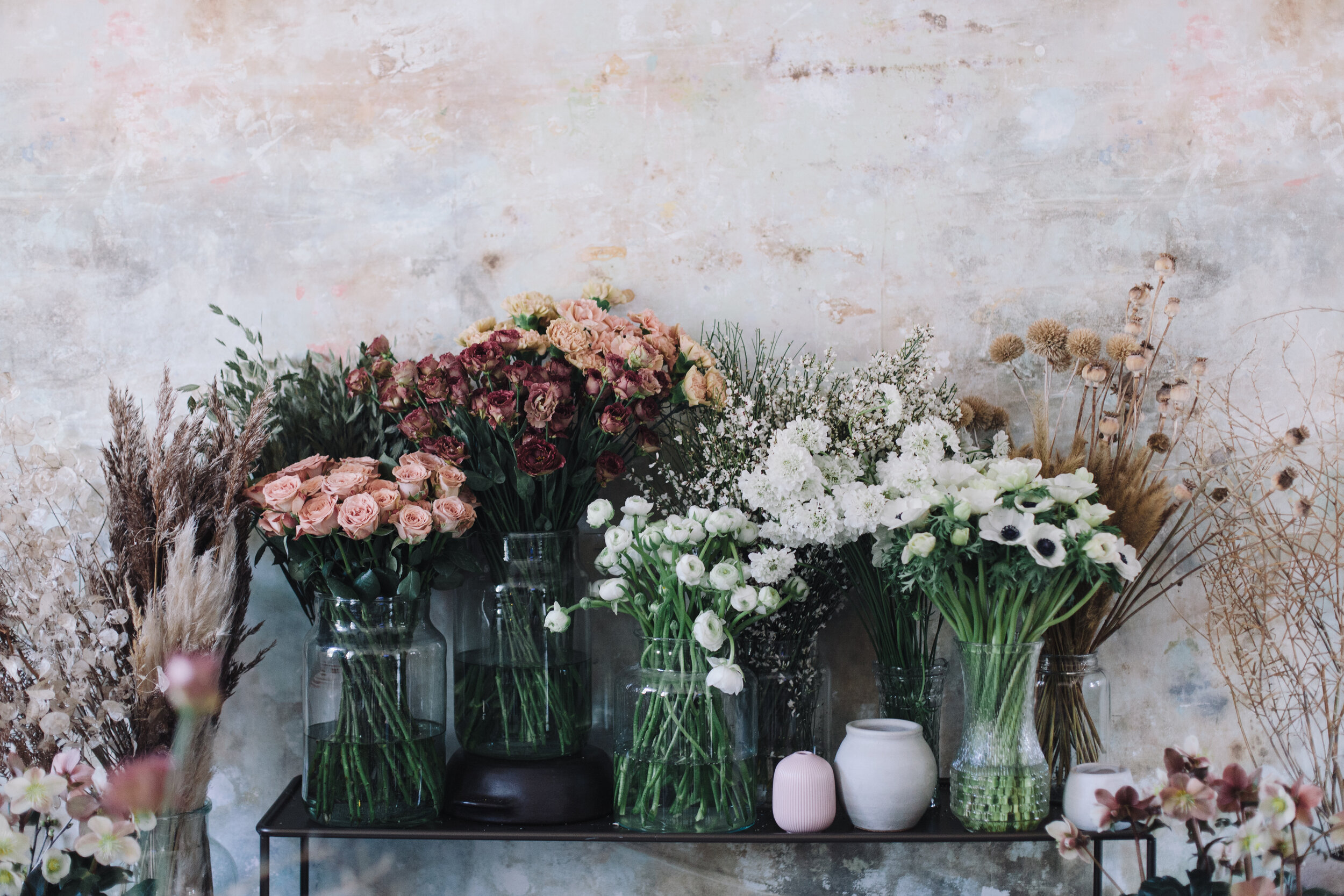

How valuable is the online community to your work?
Instagram is amazing for floristry. I love connecting with other designers, and I have forged some genuine friendships with people I have never met, because I just adore their work.
What’s been the biggest eye-opener for you in running your business?
Well, I am still at the beginning, and this has all been happening during the Covid pandemic, so it’s a pretty strange time and I have no idea what to expect. I think maybe the idea of not working directly as part of a team will hit me later.
How do you differentiate yourself in a creative industry?
This is the big question – it’s easy to feel like it’s an oversaturated market. I try to just keep making what I truly love, and hope that people will connect with my work.
What are the joys and the challenges of working independently?
The joys are full creative control, and a real sense of ownership and pride. The challenges are feeling a bit lonely without colleagues to help boost you.
How do you approach marketing and PR?
I have been working slowly over the years to develop my aesthetic, and I think honing this style has been very important for creating a recognisable product. I mostly rely on Instagram for content people can engage with, and my website for more polished images. Having the chance to work with other creatives, like venues and photographers, and being a part of photoshoots, allows natural connections and opportunities for marketing.
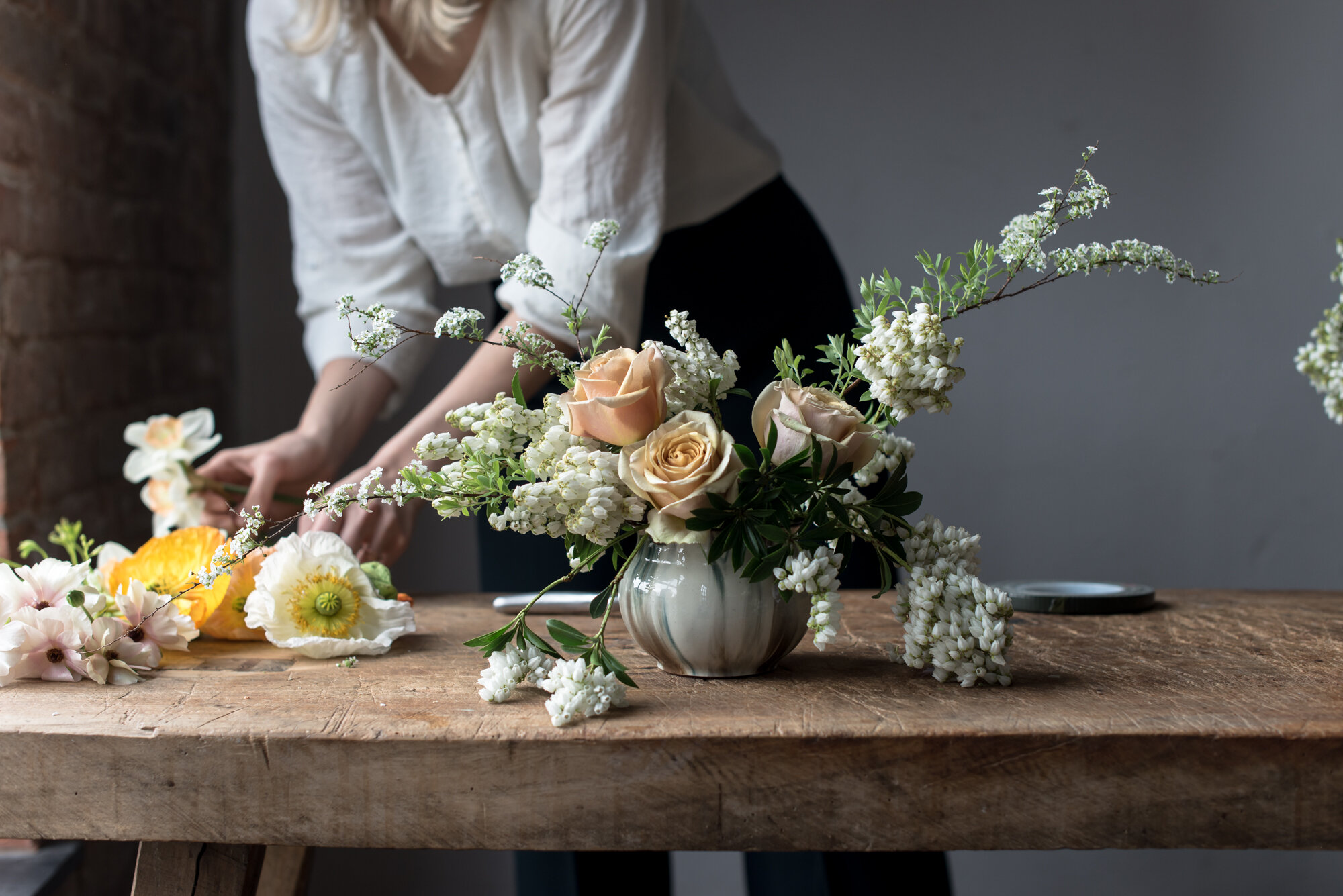
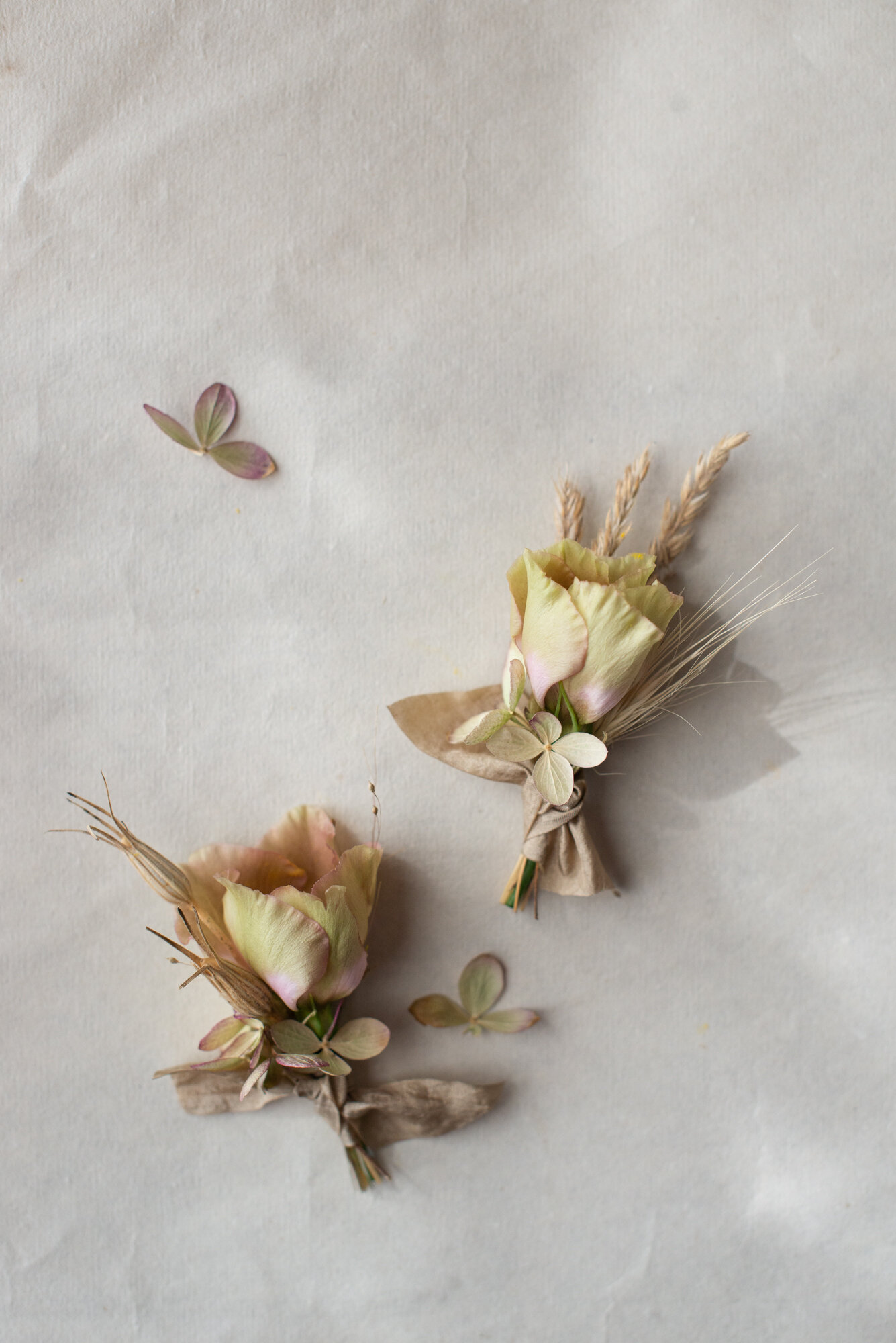
What have been your business highlights so far?
When potential clients approach me, and they have saved images of my work as their inspiration, I feel utterly joyful! This is why I do what I do, so people will want what I make.
What’s one thing people would be surprised you do in your job?
Bleaching buckets? Floristry has a very physical and messy side to it that no one ever sees! Heavy lifting, unloading vans, shifting buckets, early mornings and clearing dead flowers.
Do you have any creative pastimes or hobbies?
Even when I’m not working, I always seem to be arranging flowers, even if it’s just a few stems from the garden, or a bunch of grasses I collect on a walk. Otherwise, I really love cooking. I find it very creative and relaxing, all the chopping.
What is the most important lesson that running your business has taught you about life?
That you should always do what scares you. Any time I feel nervous about a job, I think ‘okay, you HAVE to do this’. I can get a lot of anxiety, but once it is over, it’s always another accomplishment.
Any good advice for independent creative businesses who are just starting out?
Take your time getting your head in the right space, but really follow your gut and put yourself out there because there is only one of you in the world.
What does the next year hold for you?
Following the pandemic, I’m hoping to see where weddings go this year, and looking forward to getting to a place again where I can host workshops or classes and be part of creative shoots. It’s good to have hope at this point, I think that’s the only way.
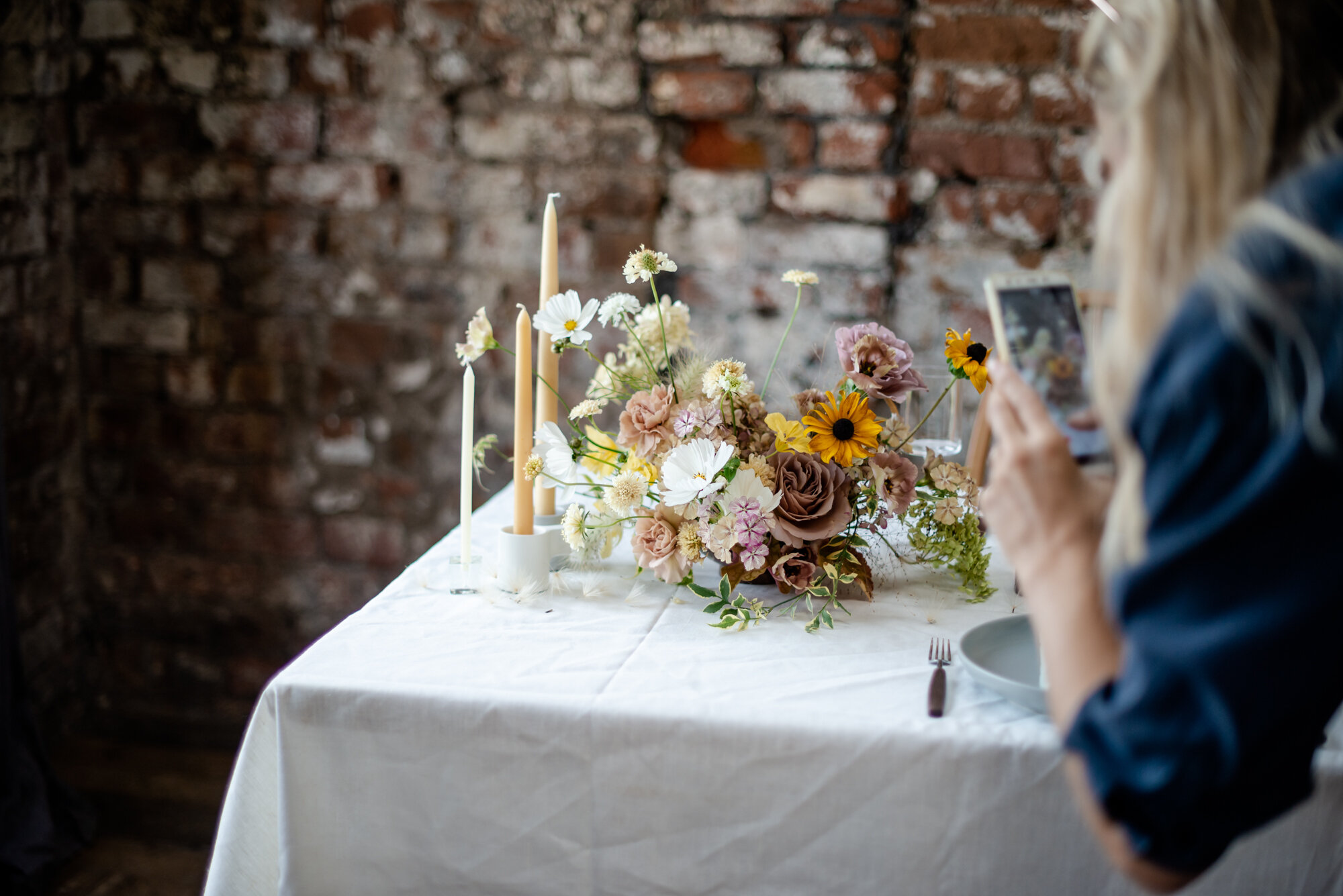
Quickfire questions
Books I love: What I Talk About When I Talk About Running by Haruki Murakami, Educated by Tara Westover, Wild by Cheryl Strayed (I guess I like memoirs). Also, I like easy psychological fiction, I read them in bed before I go to sleep.
Creative Heroes: I don’t really have heroes per se, but I admire artists Barbara Hepworth and Agnes Martin, and my mom (she has a great eye for style).
Shops I love: I haven’t been shopping this past year (lockdown), but mostly I love charity shops, vintage shops and flea markets. I also love poking around delis and health food stores, browsing foodie bits.
Inspirational places: St Ives, and the beach here in Clevedon.


